This article series describes my journey from a standard consumer to a prosumer and from owning a gasoline-powered vehicle to owning an electric vehicle (EV).

Image: Twitter
I was led to making these two decisions to lower my ever-rising electric and gasoline bills, to enhance the resilience of my house to power outages, and to promote clean air.
The report includes economic analysis behind the decisions, explains what it took to implement them, and provides the results during the time that has elapsed since I became a prosumer and EV driver.
The economics of being a prosumer
The picture below shows the 25 solar panels I have installed on my roof. They have a total capacity of 8 kW.
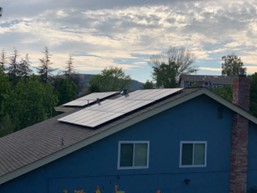
The next picture shows the SolarEdge inverter which converts the DC power coming from the panels into AC power that ultimately feeds into the house, and if there is a surplus, feeds into the grid.
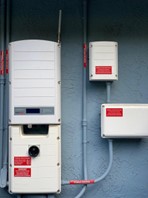
Here is a picture of the battery which is attached to an exterior wall which faces the patio.

Every morning, as the sun rises and strikes the panels, they generate DC power and feed that into the battery. Once the battery is fully charged, the panels feed power to the house, with the DC power going through the inverter. If the house needs are less than the power being generated from the panels, as begins to happen in the early afternoon hours in most months, the excess power is exported to the grid. As the sun begins to decline, when the power generated from the panels falls short of the needs of the house, the battery begins to supply power to the house. It keeps doing that until it is down to 30% of charge. Then it goes into standby mode, and will provide power to five essential circuits in the house in the event of a power outage.
This sequence of events is shown below.
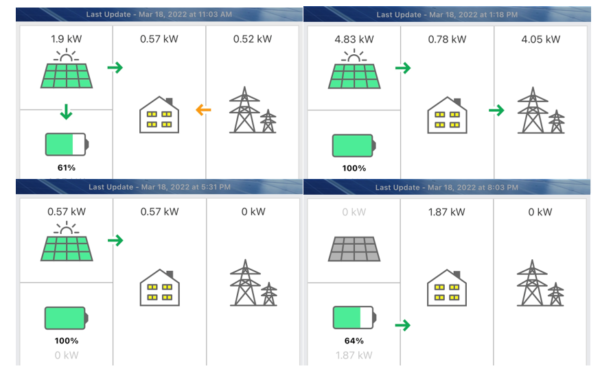
When an outage occurs, the battery begins powering the house. One such instance happened at 9:05 pm on June 20. The sun had gone down. The panels were not producing power. The battery had 60% power stored in it. It began to discharge power to the house.
My solar power production and household energy consumption data for 2021 are illustrated below on left; the comparative data for 2019-2010 is on the right. In 2021, the panels generated 9,670 kWhs while the house consumed 10,230 kWhs. Without the solar panels, the house would have paid for 9,670 kWhs. With solar panels, I only paid for the 560 kWhs of net purchase from the grid.
In the prior year, I experienced a technical glitch in the solar panels. Half of them stopped working very late in May and were not operating for much of June. Since June is the most productive month from a solar production perspective, the annual generation was much lower than expected and net usage, consequently, was much higher.

The solar insolation falling on the roof, the size and orientation of the panels, the size of the storage system and a number of other factors such as how well the system is maintained and operated.
In June, daily production from the panels can reach 50 kWh as shown in the picture below from June 8, 2021.
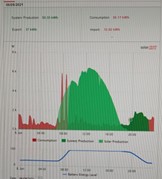
I have often been asked how I feel about my decision to become a prosumer. I believe it has been one of the most fulfilling decisions in my life. Not only am I saving money and having higher reliability, I am also contributing to California’s clean energy goals.
The economics of driving an EV
I purchased the Tesla Model 3 in June. As I write these words, the car has been driven 15,000 miles. Over its lifetime, it has consumed an average of 266 watt-hours per mile. Total lifetime consumption has been 3,990 kWh. Electric rates vary with the charging time, being lowest during the off-peak hours.
When I charge at home, on the EV2-A rate, the off-peak rate (applicable between midnight and 3 pm) was initially 18 cents/kWh. Now it is 21 cents/kWh. Rates at the Tesla Supercharger (off peak runs from 7 pm to 10 am) are a bit higher. I have mostly charged during the off-peak hours, whether at home or at the Supercharger. Assuming an average rate of 21 cents/kWh, I have paid $837.9 for driving 15,000 miles.
My previous car, a 2005 Porsche Boxster, was giving me an average of 20 miles per gallon. To drive 15,000 miles, it would have consumed 750 gallons. Using an average price of $4.50 per gallon, that yields a total cost of $3,375, or four times the amount I had to pay to drive the same number of miles in the Model 3.
There is no question that the Model 3 is less expensive to drive than the Porsche Boxster. It’s also far less expensive to maintain. Surprisingly, it also handles the road better and it clearly has superior acceleration. It provides an amazing amount of information on the screen. The sound system is very good. The only thing that it lacks is a good interior finish and, of course, the Porsche brand.
On the last point, it’s worth stating that the Boxster was easy to spot in any parking lot, whether at the airport, or BART or any of the Big Box stores. That’s not true with the Model 3. There are several in just about any parking lot and most of them have the same grey color as mine. More than once, I have tried to open someone’s else’s car.
This concludes the three-part series on the making of a prosumer.
The views and opinions expressed in this article are the author’s own, and do not necessarily reflect those held by pv magazine.
This content is protected by copyright and may not be reused. If you want to cooperate with us and would like to reuse some of our content, please contact: editors@pv-magazine.com.
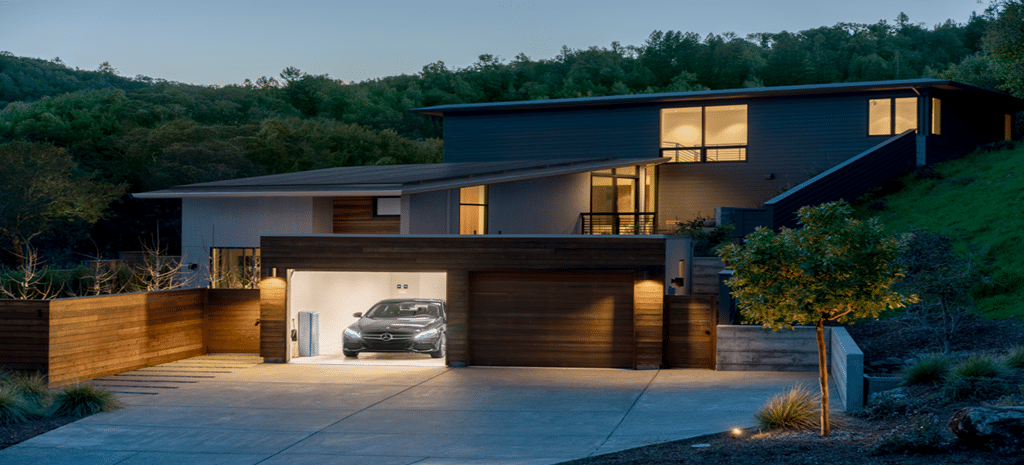







By submitting this form you agree to pv magazine using your data for the purposes of publishing your comment.
Your personal data will only be disclosed or otherwise transmitted to third parties for the purposes of spam filtering or if this is necessary for technical maintenance of the website. Any other transfer to third parties will not take place unless this is justified on the basis of applicable data protection regulations or if pv magazine is legally obliged to do so.
You may revoke this consent at any time with effect for the future, in which case your personal data will be deleted immediately. Otherwise, your data will be deleted if pv magazine has processed your request or the purpose of data storage is fulfilled.
Further information on data privacy can be found in our Data Protection Policy.